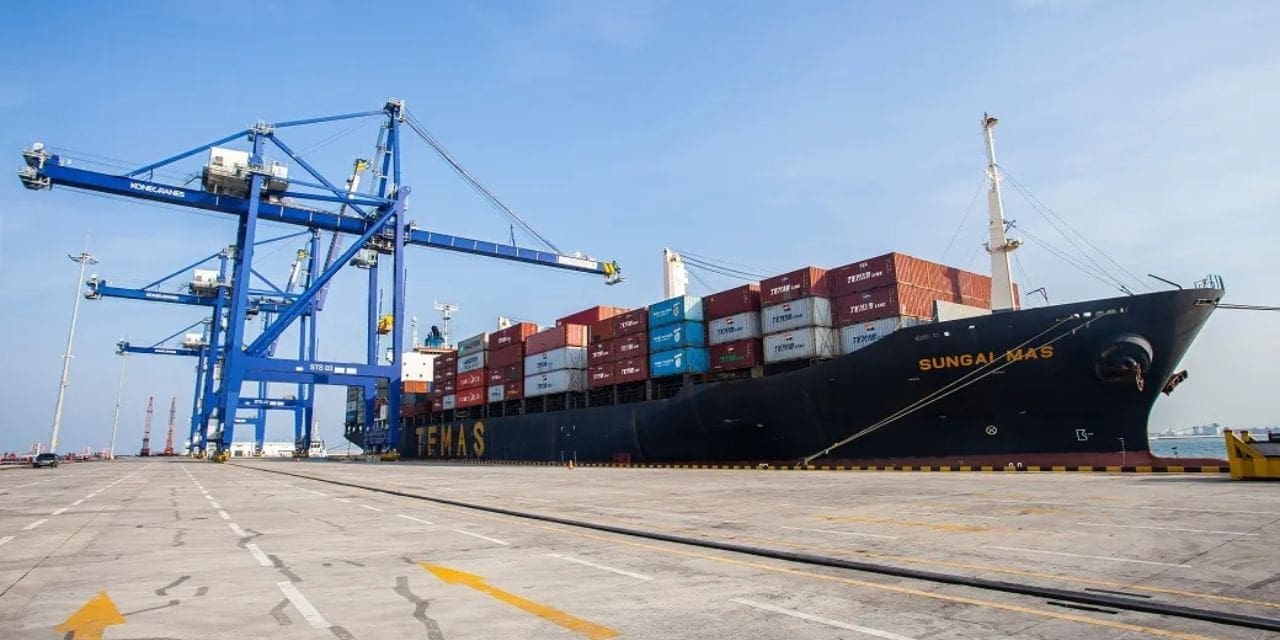INSIGHTS
- A huge increase from the $2.35 billion surplus in Q1 2022, Vietnam’s trade surplus for the first quarter of 2023 was $6.35 billion.
- Twenty exports brought in more than $1 billion in commercial income in April, contributing $1.51 billion.
- Despite the excess, sluggish demand, rising global fuel costs, and financial crises caused overall trade to decline by 13.6% YoY.
The first quarter (Q1) of 2023 had a $6.35 billion trade surplus for Vietnam. According to the General Statistics Office (GSO), this amount indicates a considerable rise over the $2.35 billion surplus that was reported in the first quarter of 2022.
The month of April alone added $1.51 billion to the surplus. Additionally, 20 Vietnamese exporters brought in more than $1 billion in business. Five of them reported over $5 billion in sales apiece, accounting for 57.3 percent of the nation’s overall income.
The majority of the nation’s exports, or 88.5 percent, or $96.1 billion, were from the processing sector. With an estimated $24.4 billion in imports, the US remained the largest market for Vietnamese products, followed by the EU ($9.3 billion) and Japan ($367 million).
With $16.8 billion in net exports to Vietnam, China has become the country’s top supplier of imports. Following closely behind with exports of $8.9 billion and $2.3 billion, respectively, were South Korea and the Association of Southeast Asian Nations (ASEAN).
The second-largest importer of Vietnamese commodities after the United States, China, offers significant potential for future trade growth, according to a spokesman of the ministry of industry and trade (MOIT). Following COVID-19, China’s tentative restart of trade operations is viewed as encouraging.
Despite having a sizable trade surplus, Vietnam saw its overall trade fall by 13.6% year over year (YoY), or around $210 billion, in the first quarter of 2023. The causes of this deterioration are both internal and external.
Domestically, low overall demand has delayed output, which has had a negative impact on business operations. External factors including escalating gasoline costs, a sluggish global economic recovery, and the failure of many big banks have increased inflation and decreased imports.
According to Vietnamese media sources, the MOIT official raised worries about the ability of processing sector enterprises to continue their current commercial pace in light of the growing prices, declining orders, and difficulties with capital absorption.
Vietnam’s overall commerce in April totaled $27.54 billion, a 7.3% decline from March. While the sector with foreign investments had a net export of $14.39 billion in the first quarter, the sector owned by Vietnamese people had a net import of about $8.04 billion.
Vietnam’s overall commerce with the rest of the world totaled $210.79 billion in the first four months of 2023, resulting in a trade surplus of over $6 billion despite the tightening of monetary conditions throughout the world decreasing consumer demand for products. With $96 billion, or 88.5 percent of all exports, the processing and manufacturing sector continued to take the lead.
Production materials made up the majority of Vietnam’s imports, accounting for 93.6% of the country’s $95.64 billion overall import value. With $28.4 billion and $33.3 billion in combined purchases of Vietnamese commodities, the US and China continue to be the two biggest foreign buyers.

